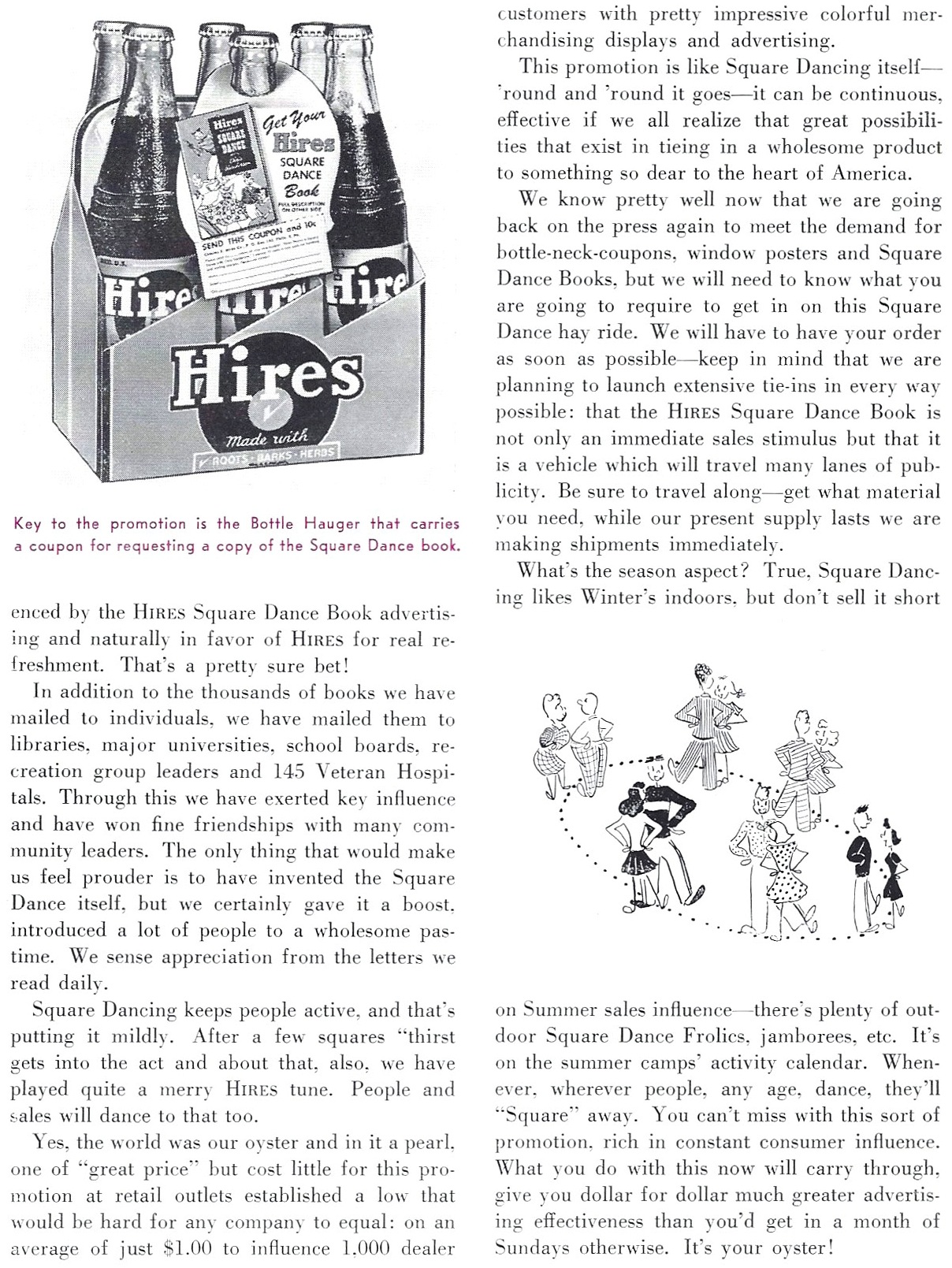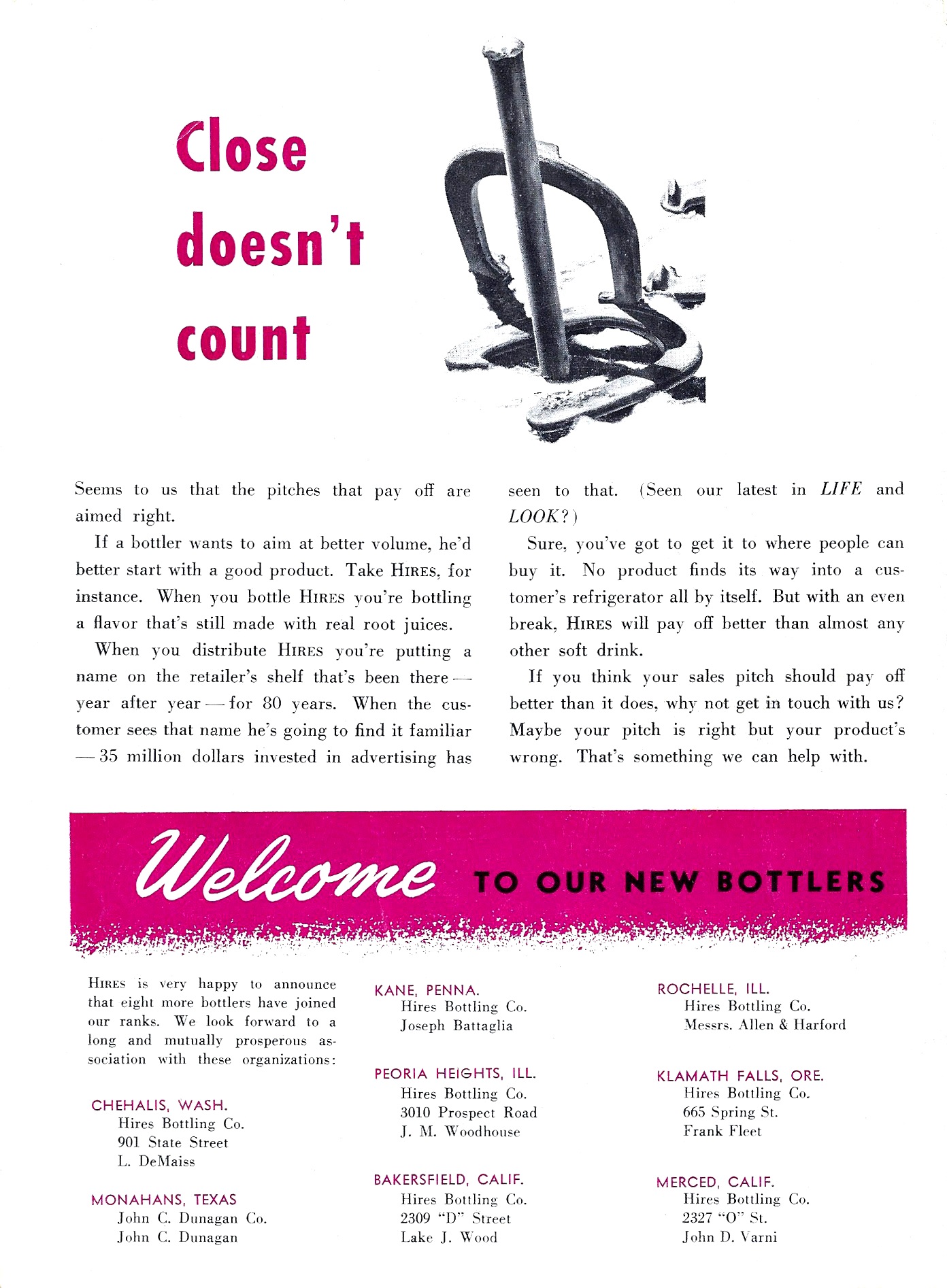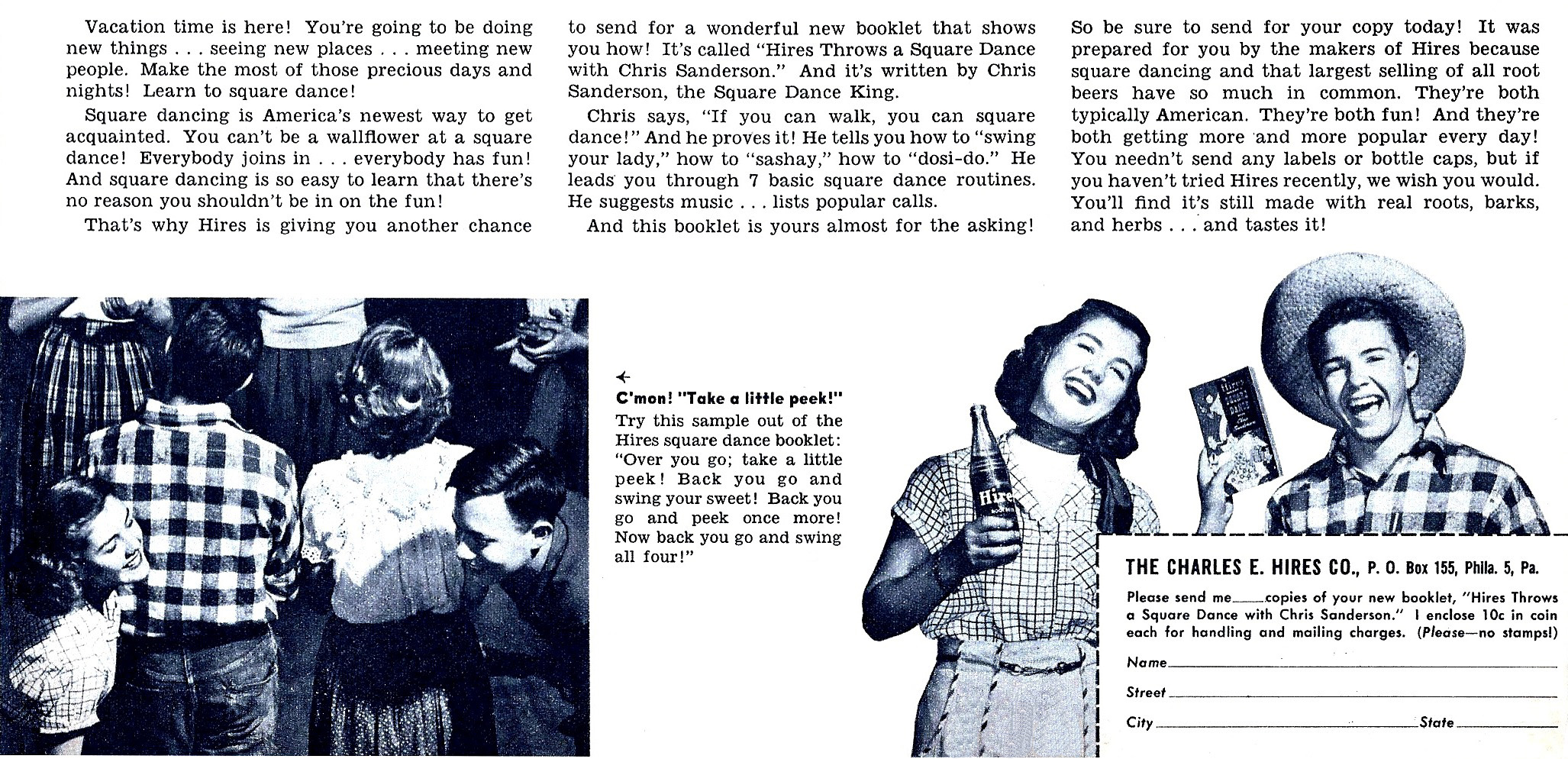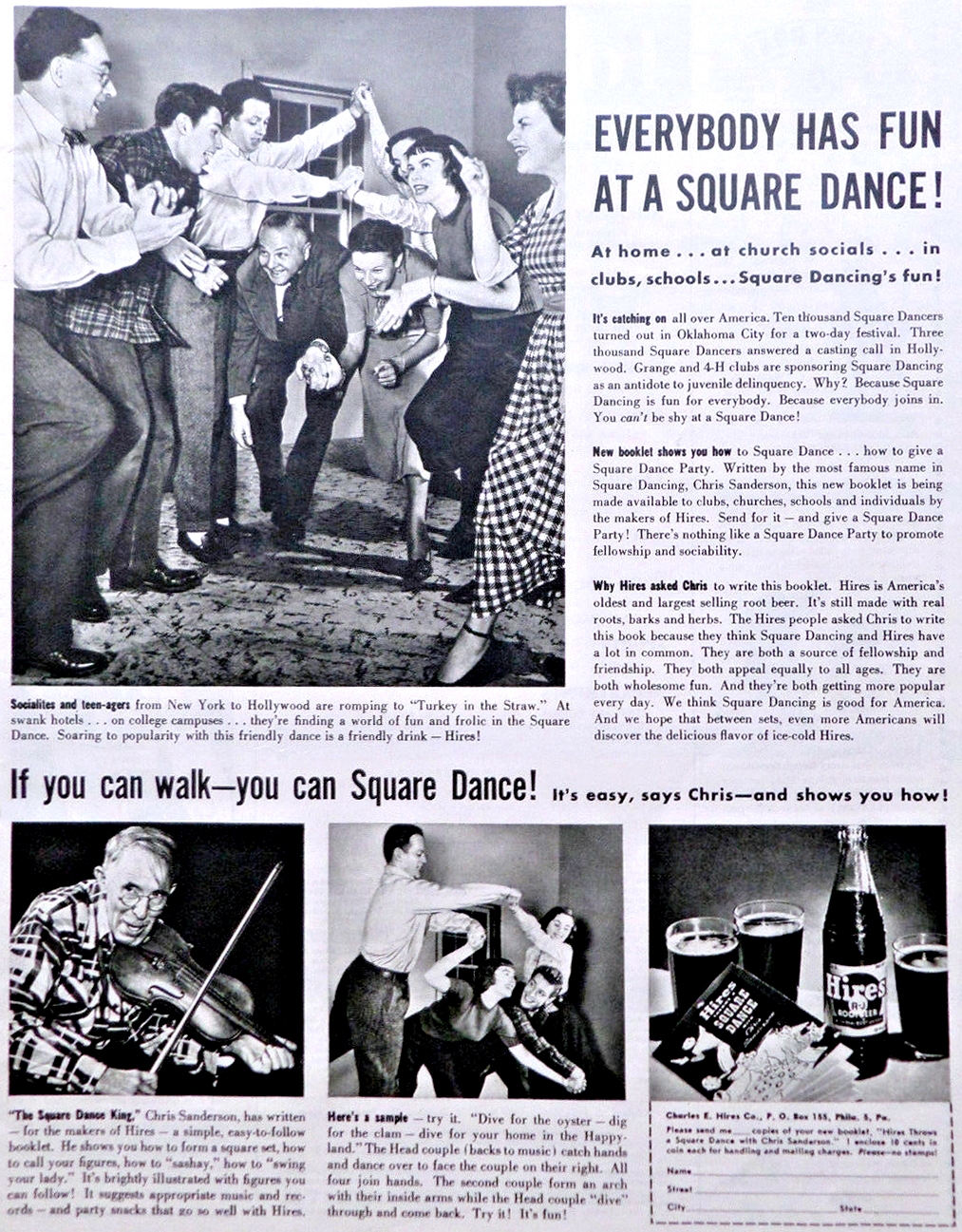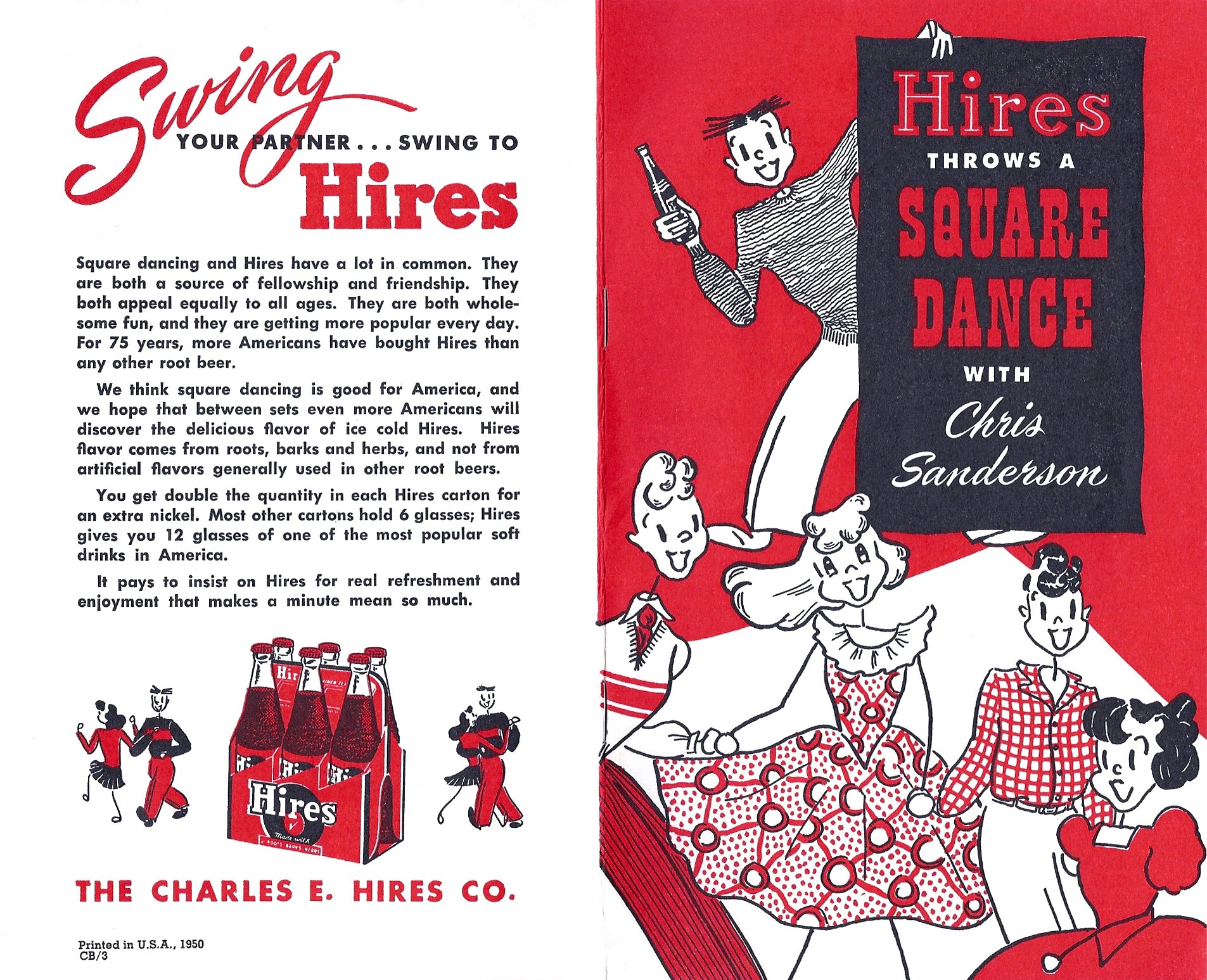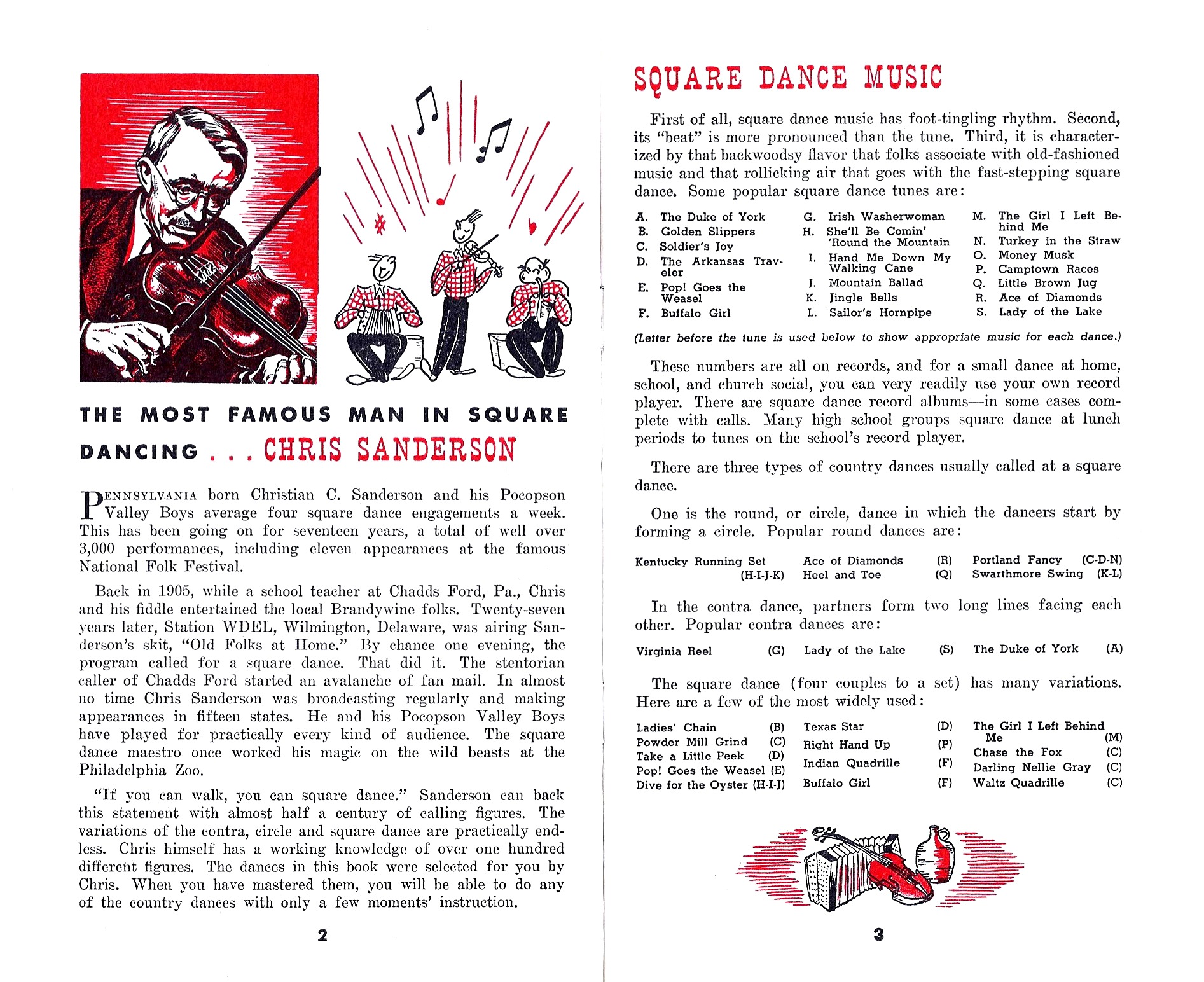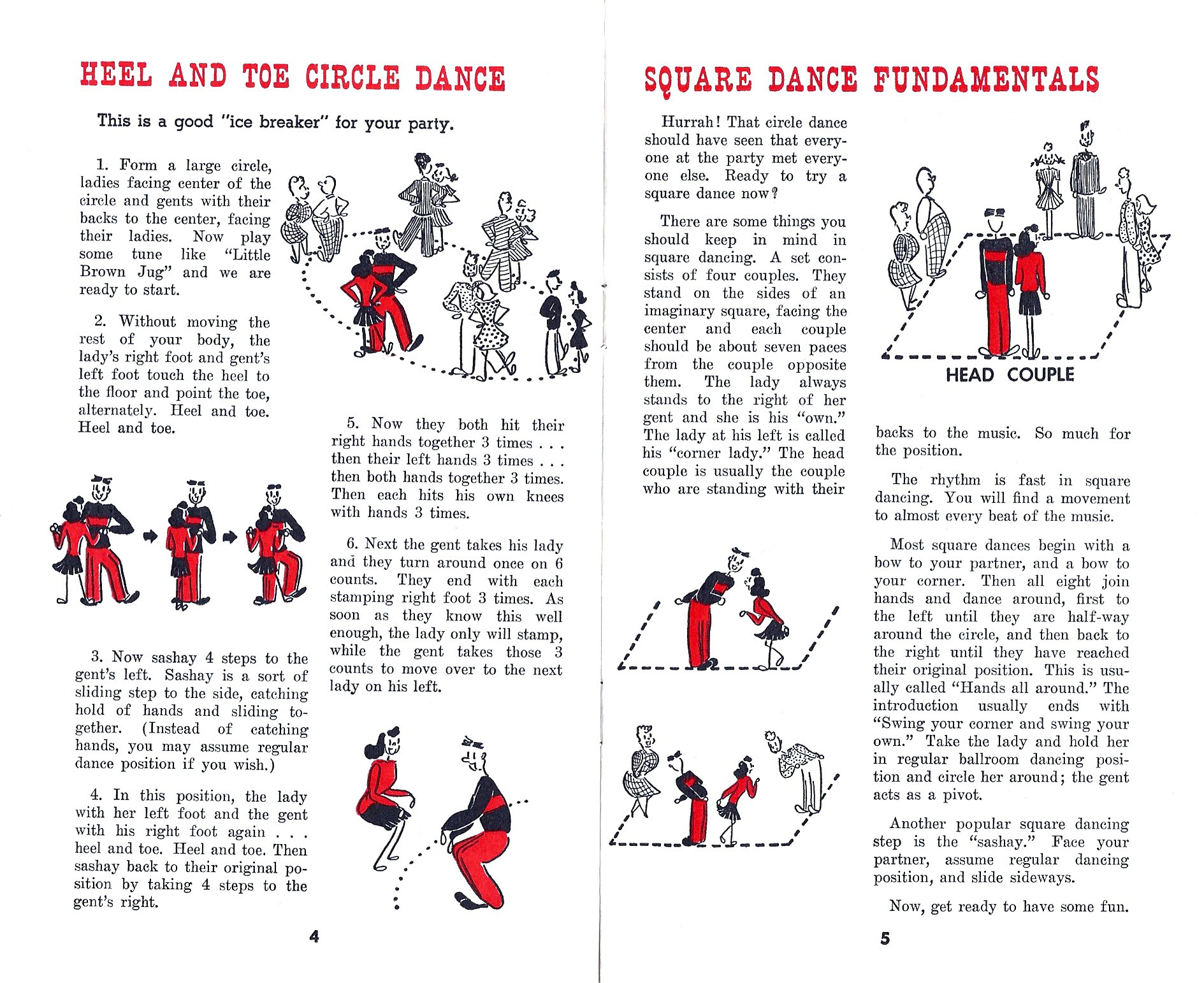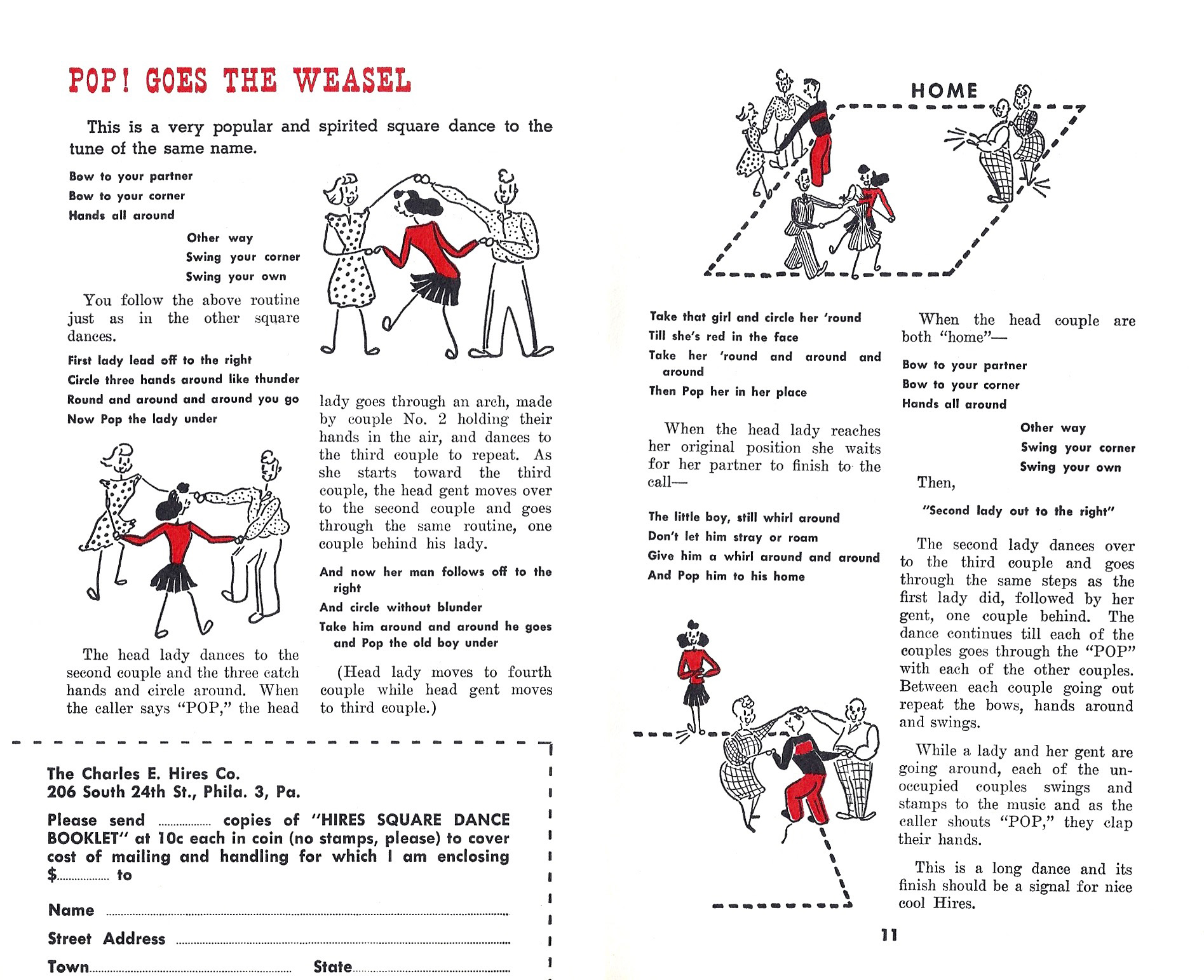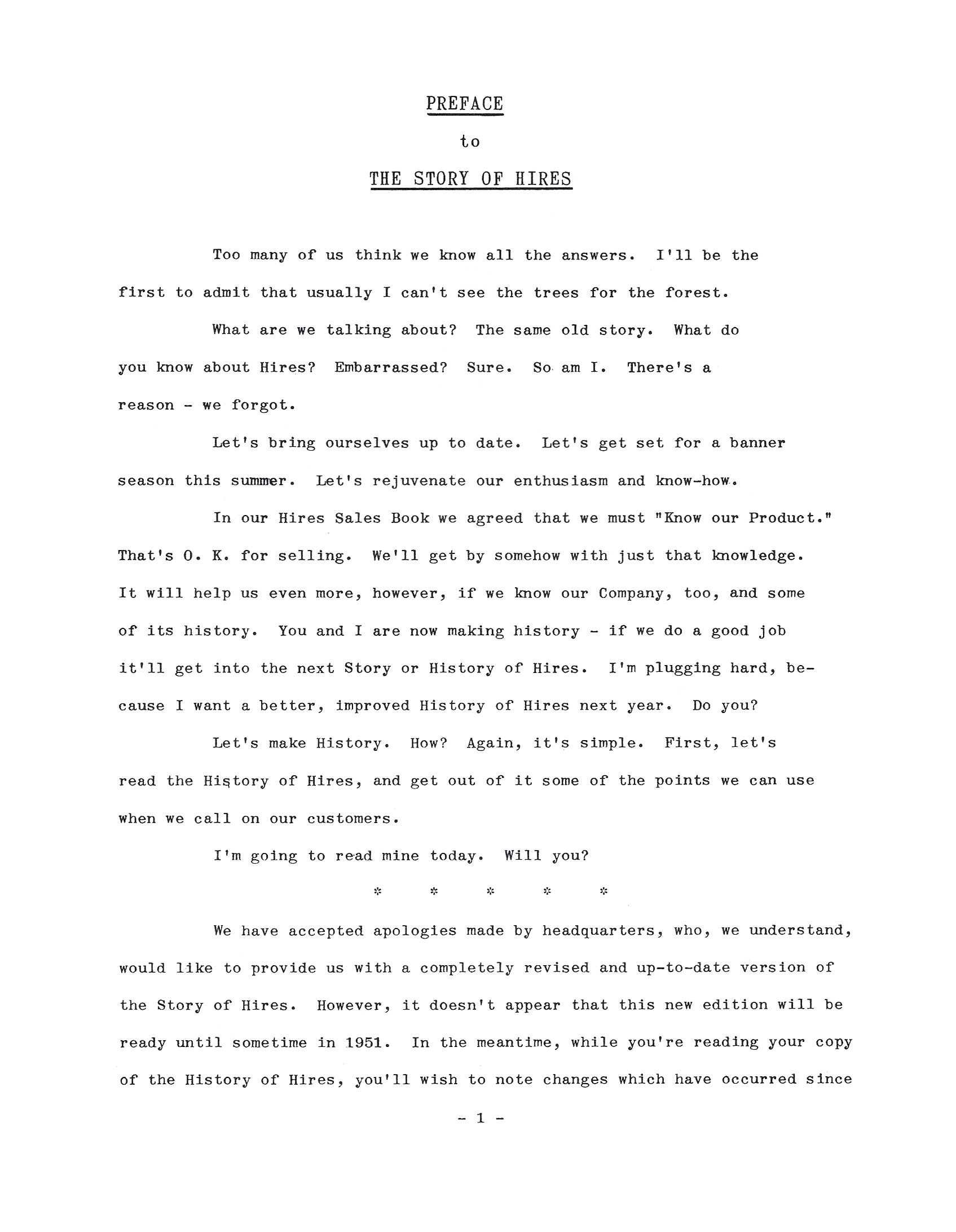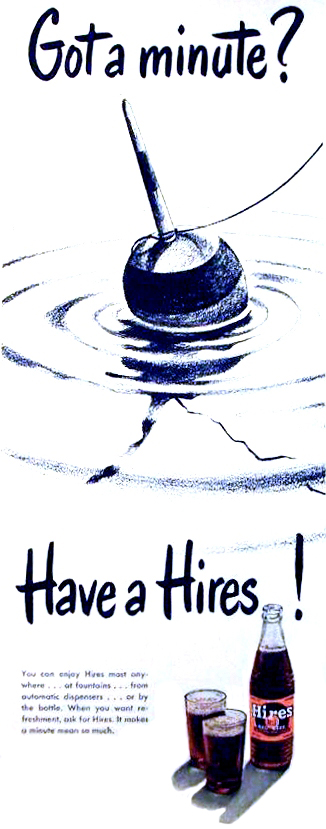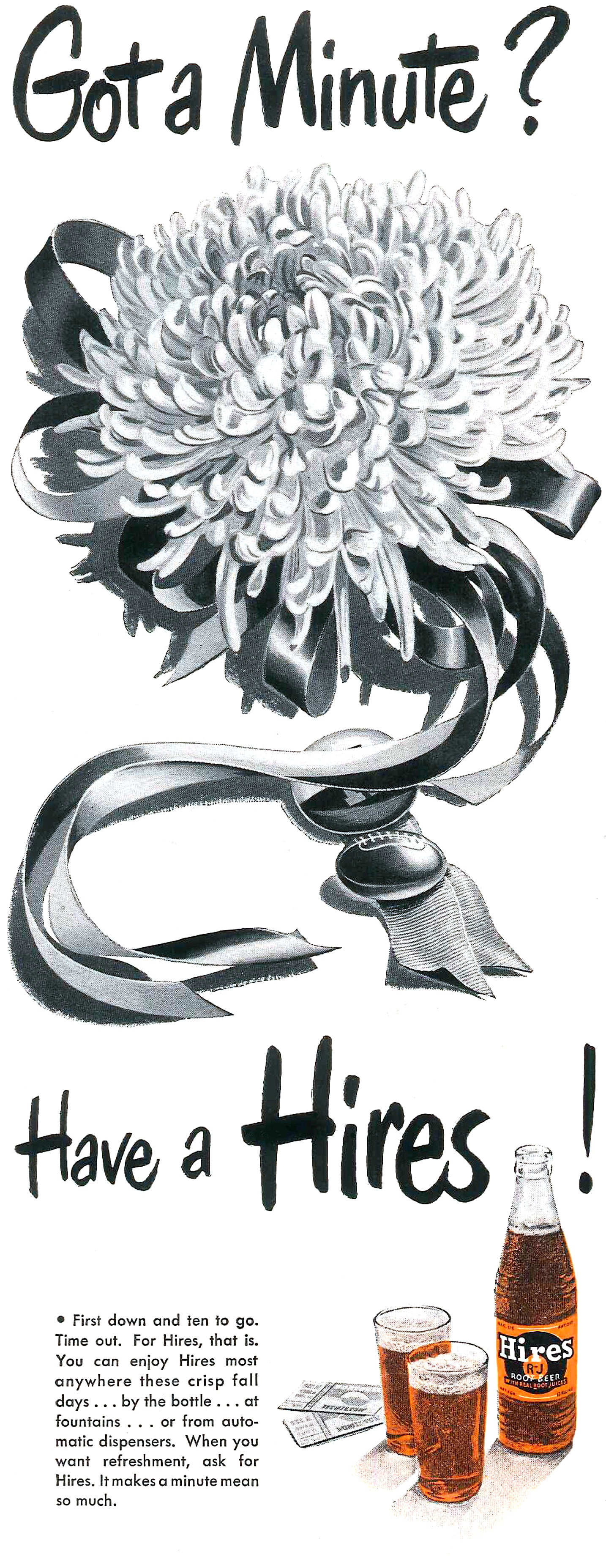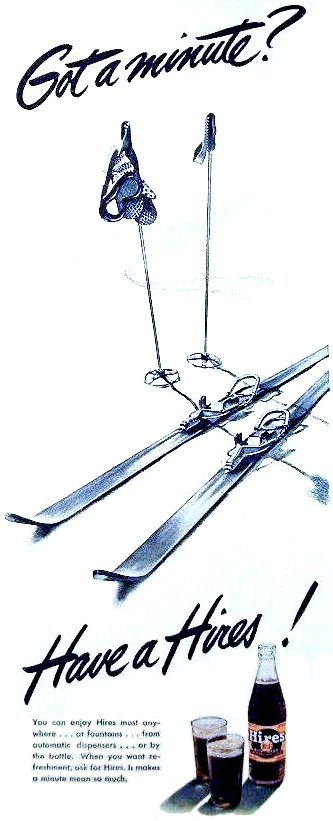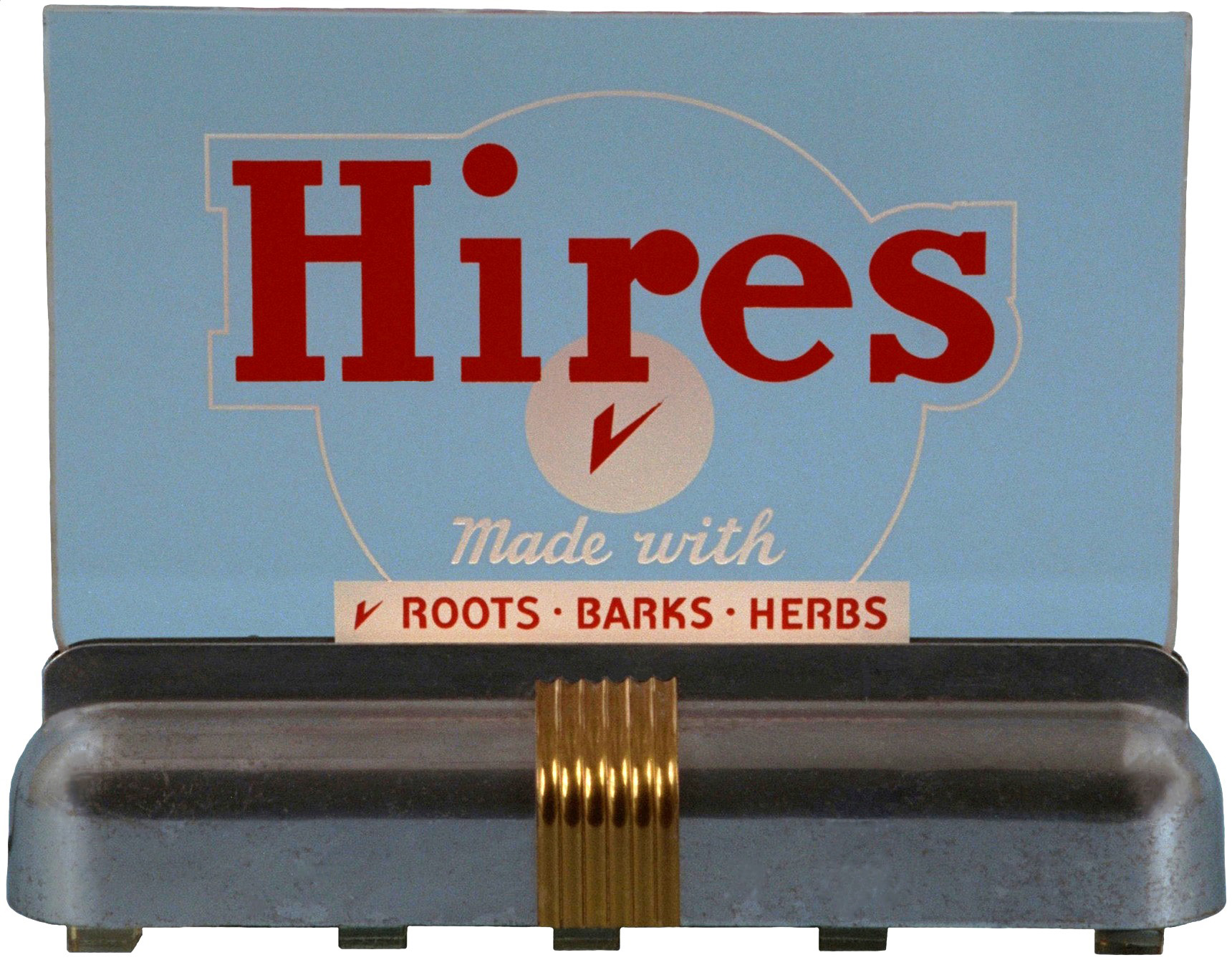1950
IT HAPPENED IN…1950
The U.S. Census reported a population of
150,697,361.
The average annual U.S. income was $1,436.
Only 11% of the work force was employed on farms.
Middle class whites continued to move out of the
cities, increasing suburban land values.
Upwardly trending prices led organized labor to
once again press for higher wages and improved working conditions.
A minimum wage of 75¢ an hour went into effect.
The public was concerned with inflation, the
threat of communism, and a foreign policy that didn’t bring lasting
peace. Americans were
pessimistic in June when North Korea invaded South Korea and U.S.
troops were sent to Korea to help repel the invasion.
President Truman authorized development of the
hydrogen bomb.
The Minneapolis Lakers beat the Syracuse
Nationals to win the first NBA championship.
A Chicago surgeon successfully completed the
first human kidney transplant.
U.S. television ownership increased sharply, with
eight 8 million sets in use.
Forty-five million households had radios.
Newly introduced products and inventions included
self-opening elevators, Xerox copy machines, the Frisbee, and Minute
Rice.
Charles Schulz introduced the “Peanuts” comic
strip.
6,662 U.S. soft drink bottling plants were in
operation. Per capita
consumption was 158 bottles.
The new company-owned bottling and syrup plant in
Pittsburgh, Pennsylvania, and company-owned warehouse in Orange,
Connecticut were opened in January, 1950.
Hindsight suggests Hires’ move to establish their own bottling
plants across the country, cutting out many of their former independent
bottlers, was a major strategic mistake that cost the company a
considerable amount of market share.
Hires increased the Board of Directors from nine to
10 members on January 16, 1950.
(Figure
1950-01, Hires
to You! Volume 4, Number 2, front cover)
A
“Milestone” article written by Charles E. Hires, Jr., filled the inside
front cover plus pages 3, 14, and 15 of
Hires to You! Volume 4,
Number 2. The article was a
formal announcement of his retirement as president of Hires.
He continued as chairman of the Board of Directors, and named
Edward W. David the firm’s new president.
The article announced several other personnel changes, and
provides a complete list of all plant and zone locations and their
respective managers.
(Figure
1950-01, Hires
to You! Volume 4, Number 2, inside front cover)
(Figure
1950-01, Hires
to You! Volume 4, Number 2, page 3)
(Figure
1950-01, Hires
to You! Volume 4, Number 2, page 14)
(Figure
1950-01, Hires
to You! Volume 4, Number 2, page 15)
Bottlers were the target audience for an article by
David L. Sloan, Chief of Hires’ Laboratory Control Department.
Bottling was significantly more complicated than most people
realize.
(Figure
1950-01, Hires
to You! Volume 4, Number 2, page 12)
(Figure
1950-01, Hires
to You! Volume 4, Number 2, page 13)
An
article by John R. Minten, Hires’ Advertising Manager, provided
background information and an update on Hires’ highly successful sales
promotion tied to the national upswing in the popularity of square
dancing. Response to a full
page advertisement in Look
magazine overwhelmed Hires, prompting them to outsource responses to the
R. L. Polk Company, a firm that specialized in coupon returns.
(Figure
1950-01, Hires
to You! Volume 4, Number 2, page 4)
(Figure
1950-01, Hires
to You! Volume 4, Number 2, page 5)
The back cover article previewed the game of
horseshoes image to be included in Hires’ springtime advertisements
scheduled for publication in Life
and Look during March, 1950.
There’s also a list of eight bottlers who recently took on Hires
franchises.
(Figure
1950-01, Hires
to You! Volume 4, Number 2, back cover)
Here’s the full-page square dance advertisement than
ran in Look magazine.
No labels or bottle caps were required to obtain a booklet, just a
completed coupon and 10¢ in coin (“please -- no stamps!”).
(Figure 1950-02,
Look)
The illustrations for Hires' Look magazine square dancing advertisement were created by Ralph Bartholomew, Jr., a highly successful commercial photographic artist in New York City. His image of the couples taking a break and drinking bottles of Hires Root Beer was carefully staged so the Hires label on the bottle each participant is holding was facing the camera. This image was subsequently used for a picture postcard copyrighted by Mrs. Ralph Bartholomew, Jr., and Fotofolio.
(Figure 1950-02, square dancers taking a break to drink Hires,
Look)
This full page version of the square dancing advertisement used much of the same text, but different images.
(Figure 1950-02.5, magazine advertisement)
The Hires Throws a Square Dance booklet briefly discusses square dance music, and then explains and illustrates dance fundamentals and several dances. The booklet closes with a “Refreshments” section suggesting several popular sandwiches and, of course, the need to “have plenty of delicious Hires on hand to ‘wet the whistles’ of the participants.” The booklet measures 7.875" x 4.75". Here's the complete booklet:
(Figure
1950-03, Hires
Throws a Square Dance booklet, back and front
covers)
(Figure
1950-03, Hires
Throws a Square Dance booklet, pages 2 and 3)
(Figure
1950-03, Hires
Throws a Square Dance booklet, pages 4 and 5)
(Figure
1950-03, Hires
Throws a Square Dance booklet, pages 6 and 7)
(Figure
1950-03, Hires
Throws a Square Dance booklet, pages 8 and 9)
(Figure
1950-03, Hires
Throws a Square Dance booklet, pages 10 and 11)
(Figure
1950-03, Hires
Throws a Square Dance booklet, pages 12 and 13)
(Figure
1950-03, Hires
Throws a Square Dance booklet, pages 14 and 15)
Copies of the 1948 edition of The Story of Hires were distributed to Sales Division personnel in early 1950, along with this two page Preface indicating a "completely revised and up-to-date version" of the booklet wouldn't be produced until 1951.
(Figure
1950-03.5, Preface distributed with copies of The Story of
Hires)
The
company-owned warehouse in St. Louis, Missouri was closed and replaced
by a new bottling plant in March, 1950.
In
conjunction with the March, 1950
Life and Look
advertisements, Hires ran this full page advertisement in
The American Bottler
magazine. The horseshoes
image was repeated and the copy touts spending $30 million on
advertising during Hires’ “80 years” in business.
(Figure
1950-04, The
American Bottler, March, 1950)
Hires placed this series of similarly formatted, 13.0” x 5.25” “Got a Minute? Have a Hires!” advertisements in Life magazine during 1950.
(Figure 1950-05, Life, April 30, 1950)
(Figure 1950-05.5, Life)
(Figure 1950-06, Life, May 8, 1950)
(Figure 1950-06.5, Life)
(Figure 1950-07, Life)
(Figure 1950-07.5, Life, July 10, 1950)
(Figure 1950-08, Life)

(Figure 1950-08.5, Life)
(Figure 1950-09, Life)
(Figure 1950-09.5, Life)
(Figure 1950-10, Life)
(Figure 1950-10.5, Life)
To remind bottlers the “Got a Minute? Have a Hires!”
series was running in Life
magazine, some of the same images were used for trade journal
advertisements.
(Figure
1950-11, The
American Bottler, May 1950)
Glaser Beverages placed this half page advertisement in the Olympia Centennial Souvenir Program published in conjunction with the week long celebration for the 100th anniversary of the founding of Olympia, Washington.
(Figure
1950-11.5, Olympia Centennial Souvenir Program, May 1-7, 1950)
New Jersey’s Camden County Council distributed an aluminum token as a souvenir of the Boy Scouts of America National Jamboree held at Valley Forge, Pennsylvania from June 27 until July 6, 1950. This was the first national Boy Scouts jamboree held following World War II.
(Figure 1950-12, Boy Scouts of
America token, front and back)
For
the fiscal year ending September 30, 1950, Hires reported net sales of
$7,581,748 and a $436,123 net profit.
(Figure 1950-13, deleted)
The photographs of these clear glass, lighted signs
were taken with a blue background.
(Figure 1950-14, clear glass,
lighted sign with an aluminum base, 12.0” x 17.0”)
The Hires check mark logo on this slightly smaller
sign differs from the previous example.
(Figure 1950-15, clear glass,
lighted sign with aluminum base, 10.0” x 13.0”)
The
S & S Company of Lima, Ohio manufactured this Quikold Master 1440 WD-2
cooler in 1950. It weighs 280 pounds, and held 144 bottles for
vending. It measures 34.0" high,
44.5" wide, and 25.625" deep. The stainless steel lids
slide horizontally for users to access the bottles.
The Hires R-J Root Beer logos on the front and end panels are
embossed.
(Figure 1950-16, Quikold Master 1440 WD-2
cooler)
The
Hires Bottling Company of Columbus, Ohio utilized clear siphon bottles
with red ACLs for carbonated water.
(Figure 1950-17, clear, round-based siphon
bottle)
Morris Paper Mills of Chicago, Illinois placed this eye-catching
advertisement in late 1950, introducing their newly-designed cardboard,
six-pack carriers to the soft drink industry.
(Figure 1950-18,
The American Bottler)









